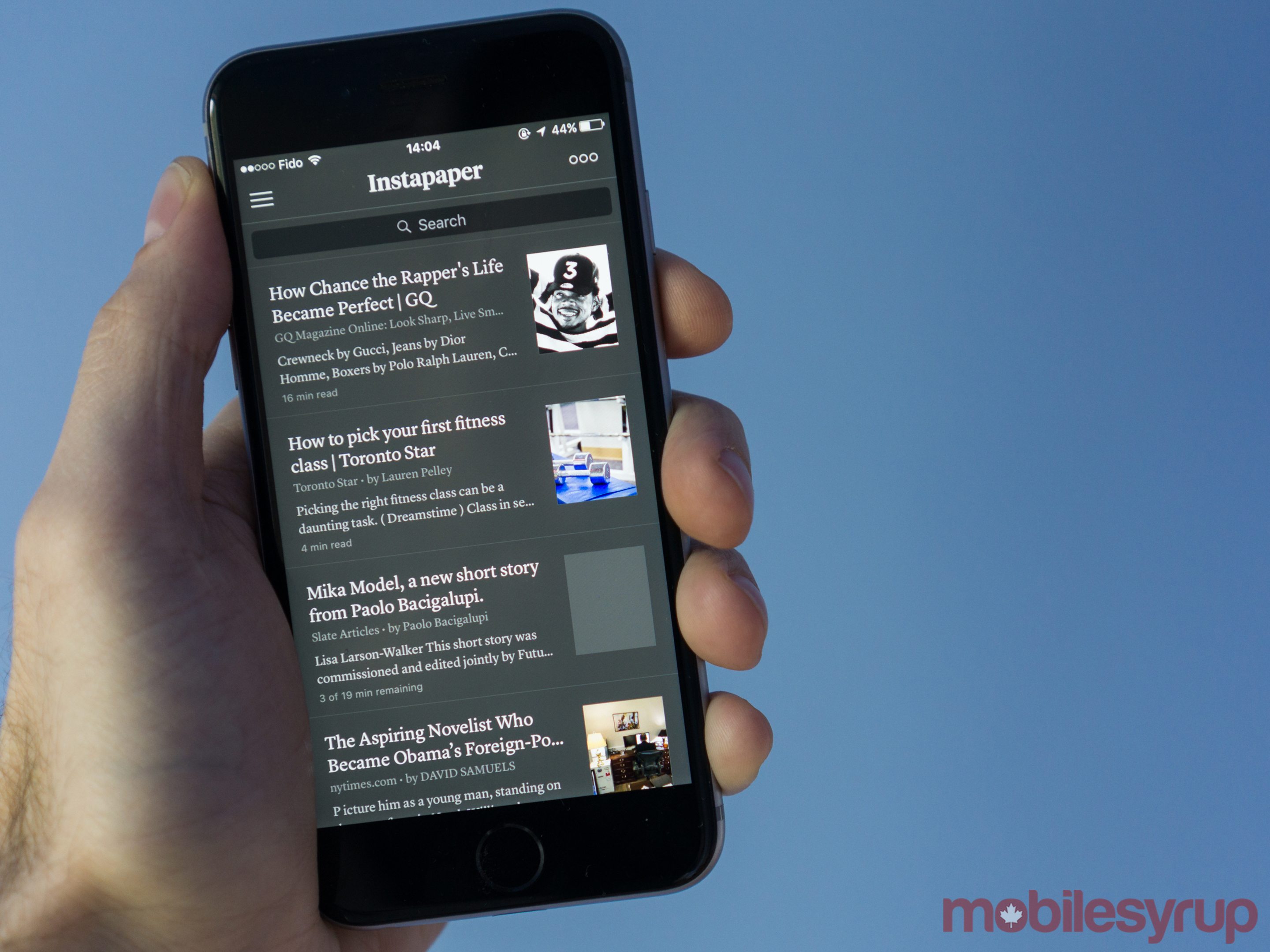
#INSTAPAPER KINDLE HOW TO#
I’ll assume in this first section you have a Kindle, a linked Amazon account, and a Gmail account that we’ll use to programmatically send documents to the device via email (we’ll later see how to leverage Instapaper with other devices).įirst, you’ll have to create an email address associated to your Kindle that’ll be used to remotely deliver documents: In this piece, we’ll see how to do this by using several technological tools (an e-reader, a Kindle account, the Mercury API, and Instapaper) and how to connect all those pieces together through Platypush. Wouldn’t it be great if we could get our favorite content automatically delivered to our favorite reading device, properly formatted and in a comfortably readable size and without all the clutter and distractions? And without having a backlit screen always in front of our eyes? Reading lengthy content on a smartphone screen is arguably as bad of an experience as browsing the web on a Kindle is. Such an experience nowadays happens mostly on laptop screens or, worse, tiny smartphone screens, where we’re expected to hectically scroll through often nonmobile-optimized content filled with ads and paywalls, while a myriad of other notifications demand for their share of our attention. The second part of the problem - content consumption - comes when we click on a link, delivered on whichever device and in whichever format we like, and we start reading the actual article.

It’s also nice to have the possibility to configure push notifications upon the publication of new articles or daily/weekly/monthly digests delivered whenever we like.īut these features solve only the first part of the problem - the content distribution. It’s great to have our news sources neatly organized in an aggregator. In my opinion, however, it’s thanks to internet-connected e-readers, such as the Kindle or MobiScribe, as well as web services like Mercury and Instapaper that can convert a web page into a clean print-friendly format, that RSS feeds can really be used at their best. It makes it very intuitive to build relatively complex rules such as “send me a weekly digest with The Economist articles published in the latest issue” or “ send a telegram message with the digest from the NYT every day at 6 a.m.” or “ send a notification to my mobile whenever XKCD publishes new comics.” IFTTT is a popular option to build custom logic on RSS feeds. Their structured nature (under the hood an RSS feed is just a structured XML) offers the possibility to build automation pipelines that deliver the content we want wherever we want, whenever we want, and in whichever format we want.


And they empower users with the possibility of creating their own news feeds and boards through aggregators, without relying on the mercy of a cloud-run algorithm. They’re much more omnipresent than many think (every single respectable news website provides at least one feed). RSS feeds are a largely underestimated feature of the web nowadays - at least outside the circles of geeks. Nothing is better than morning coffee and your headlines automatically delivered to your e-ink displayĪn updated version of this story is available on the Platypush blog.


 0 kommentar(er)
0 kommentar(er)
